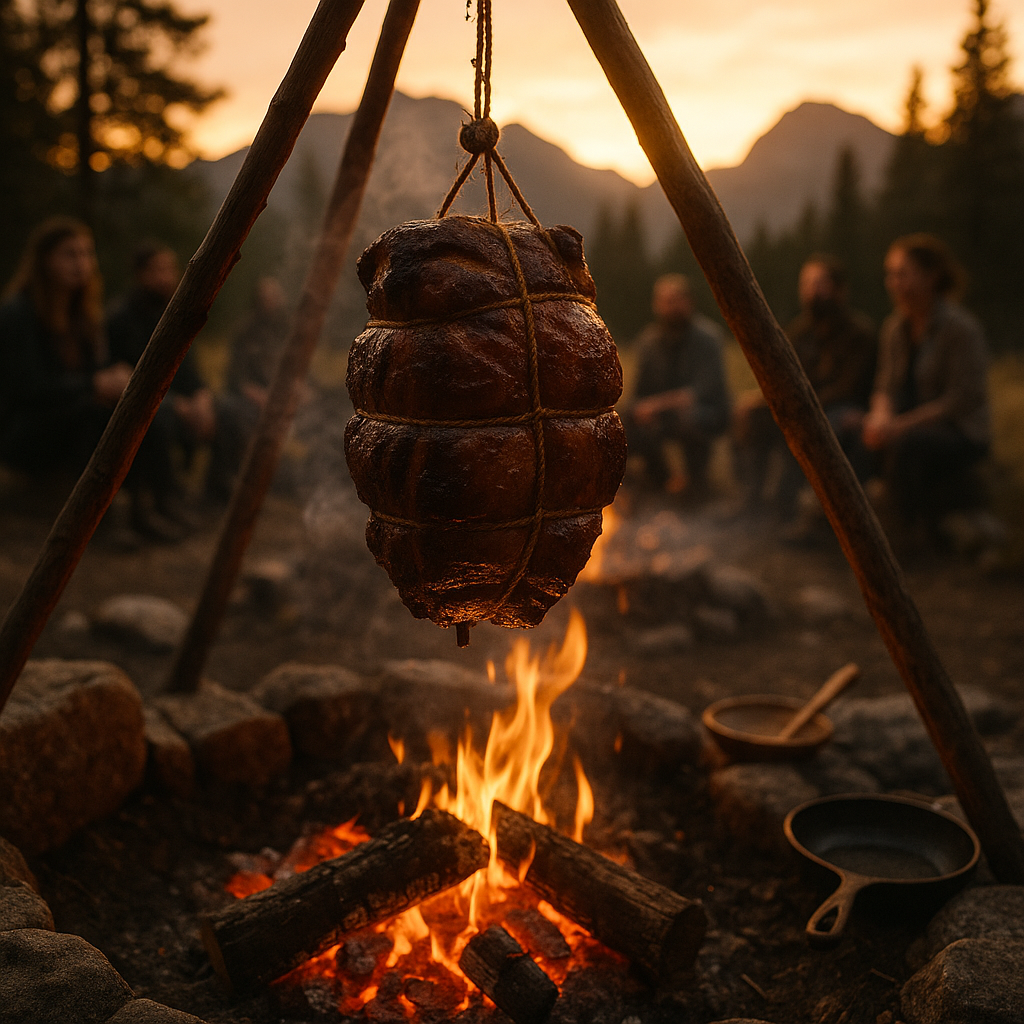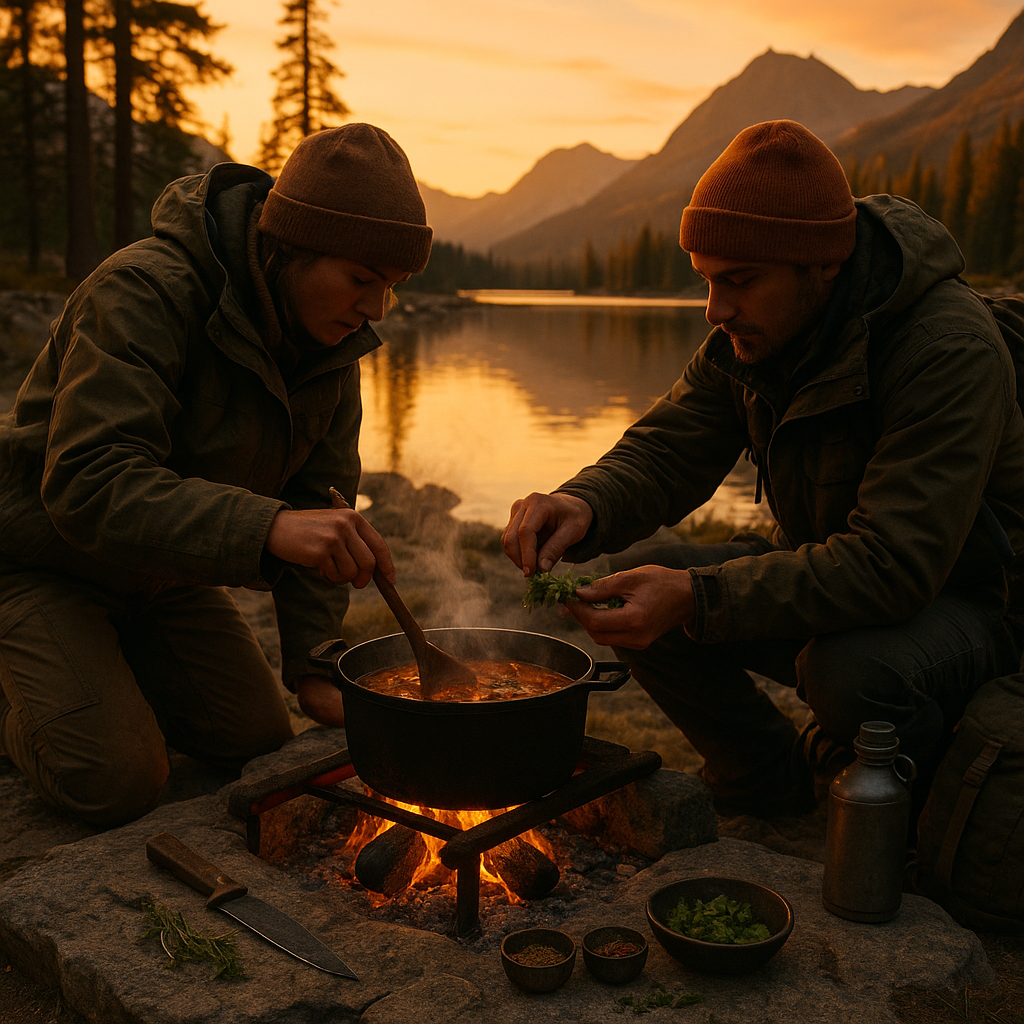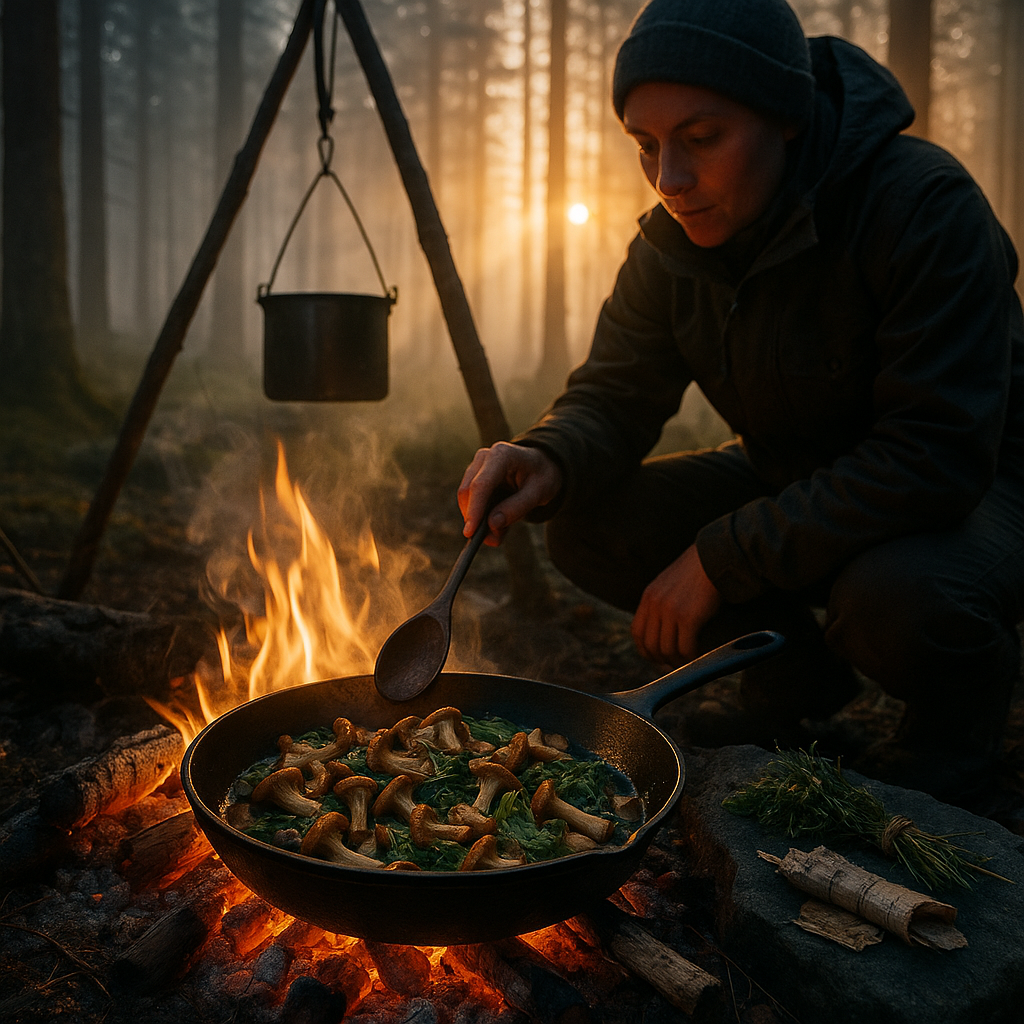Key Takeaways
- Grilling is more than a cooking method. It is a craft that transforms everyday ingredients into extraordinary dishes under the sway of high, smoky heat. Knowing how different foods react to fire can elevate your grilling, adding layers of flavor as bold and memorable as the flames themselves. Here are the essentials for choosing and preparing standout ingredients on the grill.
- Proteins reveal their best flavor and tenderness when paired with thoughtful preparation. High-heat grilling excels with meats and fish, but marinades, dry rubs, or brines work harmoniously to break down muscle fibers and infuse seasonings deeply, drawing out the natural character of each cut.
- Vegetables and fruits flourish in the embrace of the grill. Sturdy vegetables such as bell peppers, zucchini, carrots, or corn develop a smoky char, while fruits like pineapple, peaches, or figs caramelize, amplifying their sweetness and adding complexity to each bite.
- Seasonings serve as the soul of any grilled dish. Robust spices like smoked paprika, cumin, and garlic powder withstand the intensity of grilling, weaving together complex layers of flavor that enhance rather than overpower.
- Marinades are the ultimate multitaskers. Ingredients like citrus juice or vinegar tenderize, while oils and fresh herbs guard against drying out, ensuring a juicy, well-seasoned finish infused with the smoke’s essence.
- Dry rubs deliver powerful, concentrated flavors. The blend of salts, sugars, and spices forms a savory crust, cooperating with caramelization to deepen taste and texture.
- Barbecue sauces belong at the end, not the beginning. By brushing on sauces only in the final moments, you avoid burning sugars and allow rich flavors to develop just as the meal is finished.
- Fat is an essential ally. Whether provided by marbling in meats, a brush of olive oil, or a finishing touch of compound butter, fat heightens flavor, keeps food succulent, and prevents sticking to the grate.
- High heat is the secret to transformative flavor. Ingredients rich in natural sugars, such as balsamic vinegar, honey, or even garlic, undergo caramelization and Maillard reactions over fire, resulting in intoxicatingly deep flavors and aromas.
Grilling’s true magic shines where fire and ingredient meet, creating unforgettable flavor through chemistry and tradition. Gaining insight into these underlying processes inspires confidence and creativity, helping you select and prepare foods that truly dazzle over the flames. Let’s explore the core elements behind a memorable grilling experience.
Introduction
There is an ancient draw to the roar of a grill as it transforms simple ingredients, infusing every meal with elemental depth and the smoky whispers of open air. Grilling is not merely technique. It is sensory alchemy. Every steak that hisses against the steel, every ear of corn blackened and sweet, every ring of pineapple caramelized to golden perfection tells a story of fire and reinvention.
Choosing what to grill is more than just a matter of taste or convenience. It is about understanding what happens when marinades, rubs, and seasonings meet the crucible of the grill. The transformation that happens (those pops and sizzles, the sudden sweetness or wild, smoky bite) begins with knowing which ingredients thrive over flames and how best to prepare them.
Let’s wander through the world of grilling’s elemental best, discovering how small, expert choices can turn any fire-cooked meal into a feast worthy of memory and landscape alike.
Stay Sharp. Stay Ahead.
Join our Telegram Channel for exclusive content, real insights,
engage with us and other members and get access to
insider updates, early news and top insights.
 Join the Channel
Join the Channel
The Science of Fire-Loving Foods
At the heart of great grilling lies a delicious tangle of science and sensation. When food meets fire, everything changes, not just in aroma and appearance but at the molecular level. Two pivotal reactions sculpt these iconic flavors: the Maillard reaction and caramelization.
The Maillard reaction occurs when proteins meet sugars at high heat, turning a plain steak or chop into a masterpiece of browning, a crust that tastes as rich as it looks. Meanwhile, caramelization works its subtle magic on natural sugars, deepening sweetness and lending vegetables and fruits a roasted, nutty complexity.
Understanding these foundational reactions helps in choosing ingredients that shine brightest over the coals. The finest grilling candidates contain abundant proteins, natural sugars, or both; these components react beautifully to fire, ensuring every bite is a testament to flavor’s potential.
These chemical changes steady the bridge between the science of cooking and the artistry of storytelling, turning every grill session into a moment worth savoring.
Essential Proteins: Masters of the Flame
Beef Cuts That Command the Fire
Great grilling often begins (or ends) with beef. Cuts like ribeye, strip steak, or sirloin, heavily marbled and at least an inch thick, command the grill with authority. The intramuscular fat sizzles and melts as it cooks, bathing the meat from within while creating those irresistible bursts of flavor only fire can unlock. The charred crust forms a protective shell, preserving the succulence inside.
In global culinary traditions, from American barbecues to Argentinian asados, beef remains a perennial star. The right cut, with patient heat and thoughtful preparation, embodies the essence of grilling’s transformative power.
Pork’s Sweet Spot
Pork responds with particular brilliance to grilling, especially when you seek out heritage breeds or thick-cut, bone-in chops. The fat to protein ratio lends itself perfectly to the open flame, where natural sugars in the meat caramelize for a lacquered finish. The result? Crackly, golden exteriors and juicy, flavorful centers that bring a chorus of contrasting textures: smoky, tender, and sweet.
Pork’s versatility extends across the globe: think of Korean barbecue pork belly, Mediterranean-spiced shoulders, or Southern US ribs, all of which rely on the unique chemistry between pork and fire.
Seafood’s Subtle Strength
Seafood comes alive on the grill when handled with care. Firm-fleshed fish such as salmon, tuna, and swordfish are perfect candidates, with high oil content that both shields the delicate flesh from the flame and carries the whisper of smoke deep into each flake. The grill’s high heat quickly caramelizes the surface, preserving moisture and producing a savory richness that gentler cooking methods cannot match.
In coastal traditions from the Mediterranean to Southeast Asia, seafood finds its voice through the grill’s transformative power, enhanced with simple herbs, citrus, or subtle spice.
The Vegetable Renaissance
While proteins are often the stars, vegetables and fruits have claimed center stage in the modern grilling renaissance, proving that fire’s transformative potential is not limited to meat.
Root Warriors
Sturdy root vegetables (carrots, parsnips, sweet potatoes) become golden wonders when met with fire. With their high natural sugars, they caramelize generously, resulting in smoky, honeyed flavors while maintaining a satisfying bite. Grilled over glowing embers in a cast-iron pan or skewered directly, they shift from humble sides to star attractions, their flavors deepened by smoke and time.
Root vegetables, sometimes finished with a brush of herb oil or a sprinkle of finishing salt, take on an earthiness that is both comforting and extraordinary.
Nightshade Nobles
Nightshades like bell peppers, eggplants, and tomatoes flourish in the heat. Their skins blister and char, yielding smoky undertones that pair beautifully with their existing sweetness. The flesh softens yet retains enough structure to be sliced, stuffed, or layered, a canvas for Mediterranean or Middle Eastern flavors.
These vegetables become vehicles for exploration: imagine smoky baba ganoush, charred tomato salsas, or grilled stuffed peppers rich with grains and herbs.
Allium Alchemy
Alliums (onions, leeks, garlic) unveil surprising, mellow sweetness when grilled. Harsh sulfur notes melt away, making room for subtle, caramelized flavors. A whole grilled onion, blackened in places and velvet-tender throughout, is an experience unto itself, rich, sweet, and silken, with a depth impossible through other cooking methods.
Stay Sharp. Stay Ahead.
Join our Telegram Channel for exclusive content, real insights,
engage with us and other members and get access to
insider updates, early news and top insights.
 Join the Channel
Join the Channel
Garlic bulbs roasted whole over embers become buttery and pungent, perfect for squeezing onto crusty bread or into a rustic sauce, while leeks turn meltingly soft, their outer layers capturing the smoke.
Marinades: The Chemical Enhancement
Behind every great grilled dish lies a careful interplay of flavor and texture, and here marinades are the alchemist’s tool.
Acid-Based Foundations
Acidic components (cit





Leave a Reply